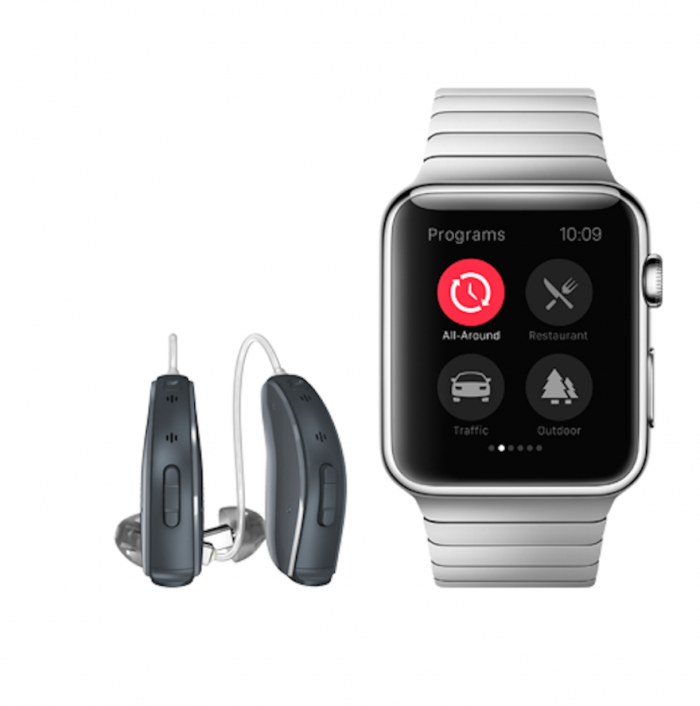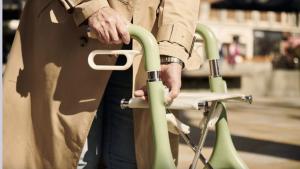
When a hearing aid user receives a phone call, they have to hold their cellphone up against their hearing aid. But scientists have now created a Bluetooth enabled hearing aid that wirelessly connects with smartphones, enabling a person to have a phone conversation directly through the hearing aid. A device with tiny microphones sits around the neck and to relay the users voice, making phone calls entirely hands free.
Advanced Bionics, an affiliate company of Phonak - one of the world's largest hearing aid manufacturers, recently released a new audio processor that also allows cochlear implants to connect with devices using Bluetooth technology.
The difficulty with traditional hearing aids is that they don’t filter sound. So trying to hear someone speak on the phone, through every other sound that is being picked up, can be a nightmare – especially on a busy street or in a crowded room. With Bluetooth enabled hearing aids you can control the volume through mobile apps and filter out external noise.
The sound is transmitted directly into the ear, which eliminates the discomfort of having to use headphones and hearing aids together.
An additional feature of the Bluetooth hearing aid is clip on microphones. These can be given to people a hearing aid user needs to hear (friends, teachers, colleagues) so that their voices are transmitted directly through the hearing aid.
Researchers are taking the tech even further and developing a pen that transmits sound just like clip-on microphone, called a Roger Pen. If you weren’t able to get front row seats to a theatre production or at a lecture where there is more than one speaker, someone who did can hold the pen for you, which will transmit a clear sound through the hearing aid while filtering out surrounding noises.






